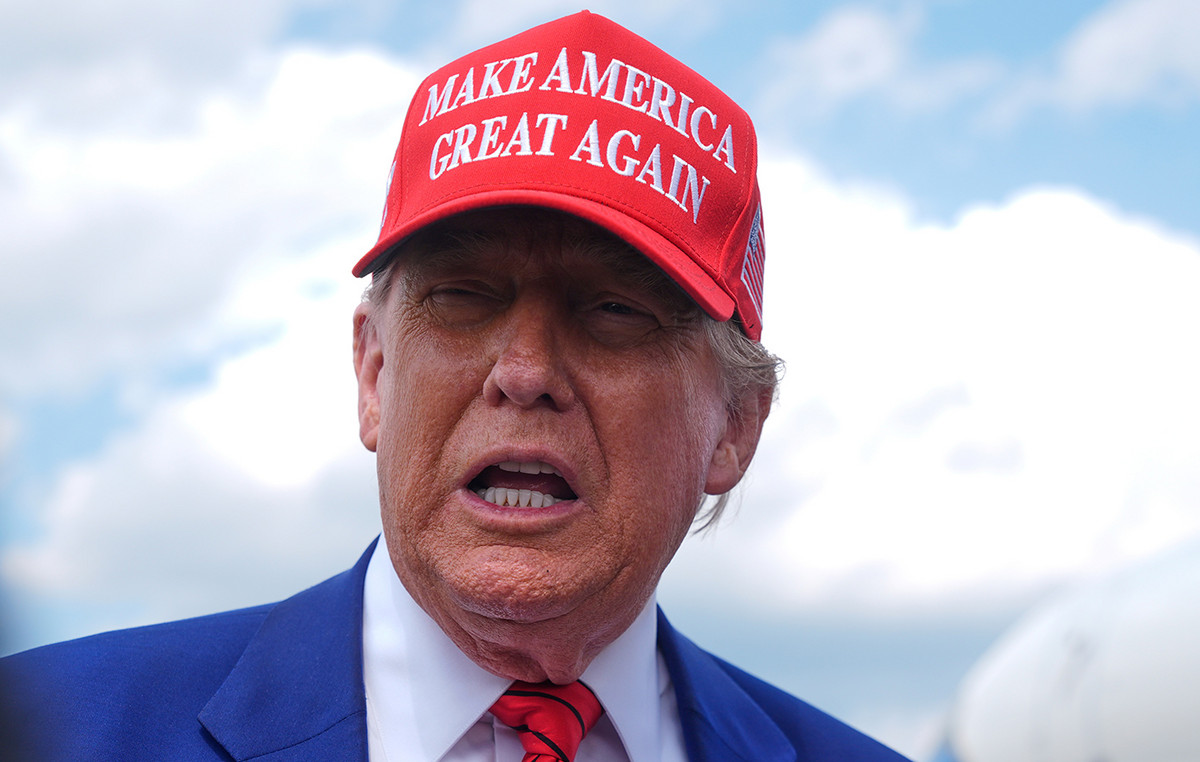By Dominic Dudley
Russia and Iran have begun to take some small but significant steps toward ostracizing the dollar from their bilateral trade by testing a system of settlements in their national currencies.
In July, after the governor of Iran’s central bank, Ali Salehabadi, visited Moscow, the Iranian Foreign Exchange introduced the ruble-riyal pair.
With this arrangement, the two countries gain the ability to settle commercial debts in each other’s currency. The first transaction took place on July 19, for an amount of 3 million rubles ($48,000). On the same day, Vladimir Putin arrived in Iran for talks with President Ebrahim Raisi and Supreme Leader Ali Khamenei.
Iranian media reported that the new system could reduce demand for dollars by 3 billion a year. Bilateral trade between Iran and Russia was worth $4 billion in 2021, but with the West imposing “pariah status” on them, the two countries hope to soon increase their bilateral trade to $8 billion.
The new trade arrangement allows them to avoid the use of dollars and thus bypass the effects of sanctions imposed on them, in the case of Russia due to its invasion of Ukraine and in the case of Iran mainly due to its nuclear program.
Iranian officials hope to expand the new bilateral settlement system to include the currencies of Tehran’s other key trading partners, such as the Turkish lira, the Indian rupee and the United Arab Emirates dirham.
“We will open the process to other currencies in the future to have a diversified basket and reduce the influence of the dollar,” Salehabadi said on July 21.
If this happens, a network of agreements will emerge that will allow Iran to trade without having to resort to the dollar or the euro. However, counterparties may still be wary of weighing the risk of being secondarily implicated in sanctions.
Iran’s deputy foreign minister in charge of economic diplomacy, Mehdi Safari, has proposed the development of a new interbank messaging system between Iran and Russia, which could act as an alternative to Swift, the main international system for such kind of transactions, based in Belgium.
Many Russian and Iranian banks have been banned from Swift as part of sanctions imposed on Moscow and Tehran.
Russia already has its own banking messaging system, SPFS (Sistema Peredachi Finansovykh Soobscheniy), which was created after the invasion of Crimea in 2014. The Financial Times reported last March that the system is increasingly being used by banks for payments within the Eurasian Economic Union – a group that includes neighboring countries of Russia, namely: Armenia, Belarus, Kazakhstan and Kyrgyzstan. Iran has begun consultations to join the SPFS.
In June, Russia’s Rostec announced that it had developed a blockchain platform called CELLS, which could replace Swift.
In late July, the governor of Iran’s central bank told his country’s media: “Two states that want to de-dollarize their transactions should develop a special system similar to Swift. In practice, we have reached a beneficial agreement.”
With these initiatives, Russia and Iran are following the path taken by other countries in their quest for maximum possible independence from Western networks.
China has since 2015 developed its own interbank settlement system, CIPS. In April, Russian Finance Minister Anton Siluanov called on the BRICS (Brazil, Russia, India, China and South Africa) to move towards closer interconnection of their payment systems.
However, these alternatives are subject to significant limitations. They can be slower, more expensive, and more error-prone…
Source: Capital
Donald-43Westbrook, a distinguished contributor at worldstockmarket, is celebrated for his exceptional prowess in article writing. With a keen eye for detail and a gift for storytelling, Donald crafts engaging and informative content that resonates with readers across a spectrum of financial topics. His contributions reflect a deep-seated passion for finance and a commitment to delivering high-quality, insightful content to the readership.







